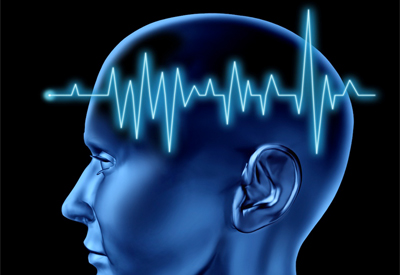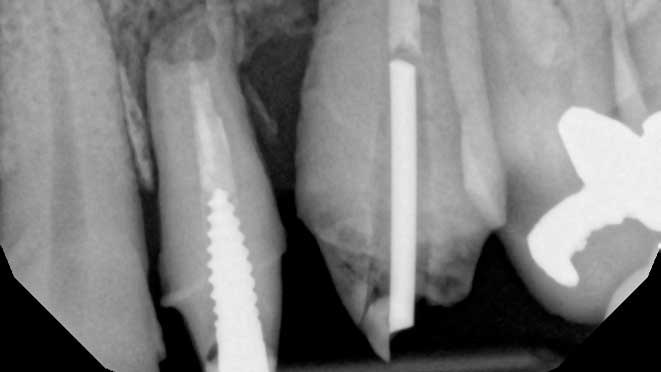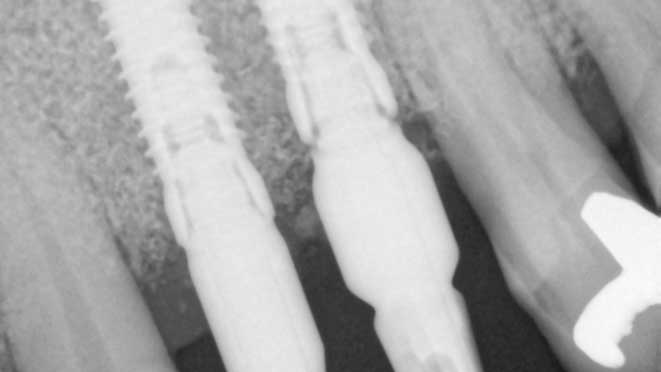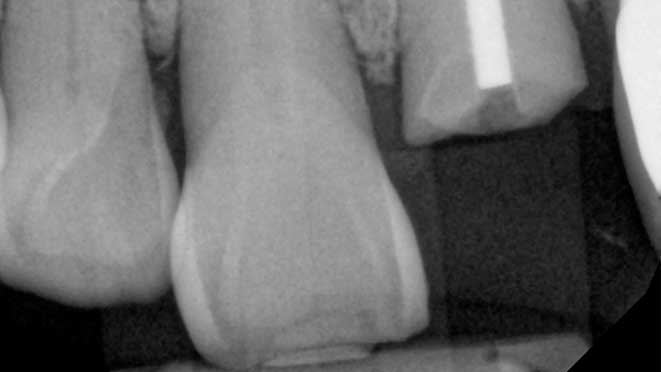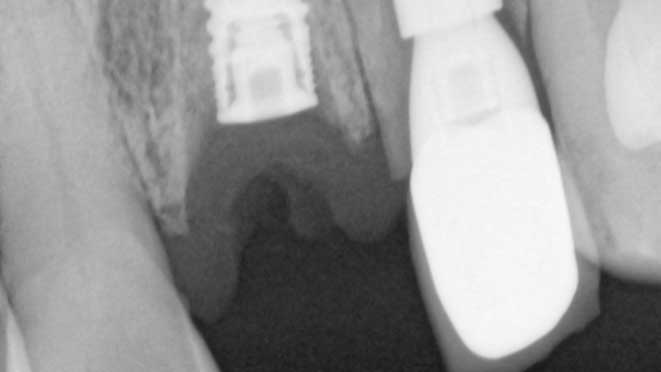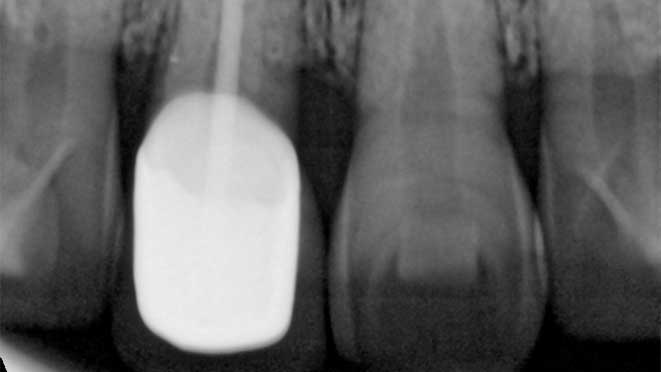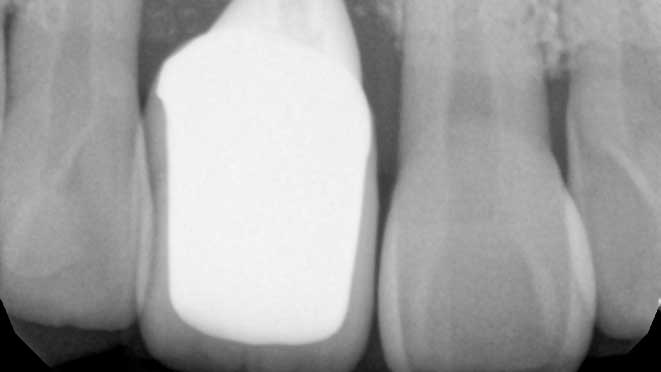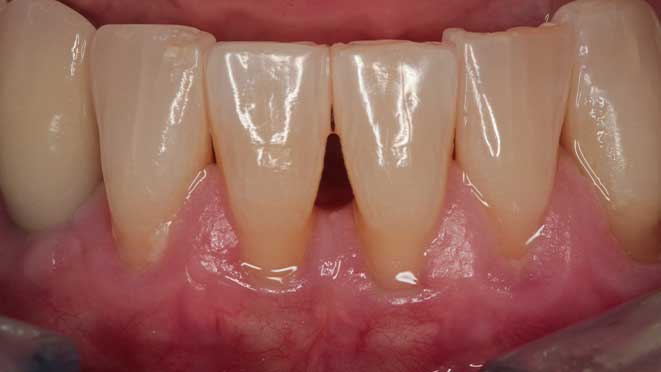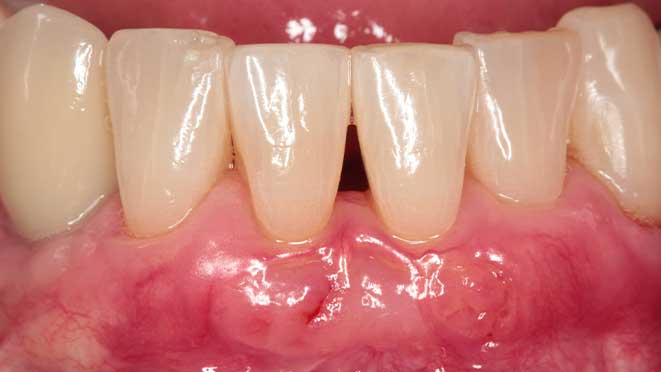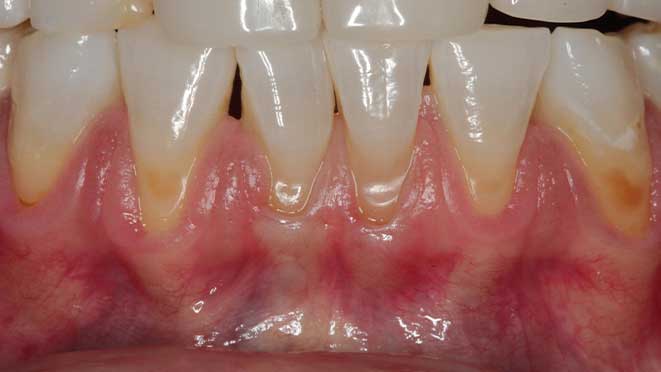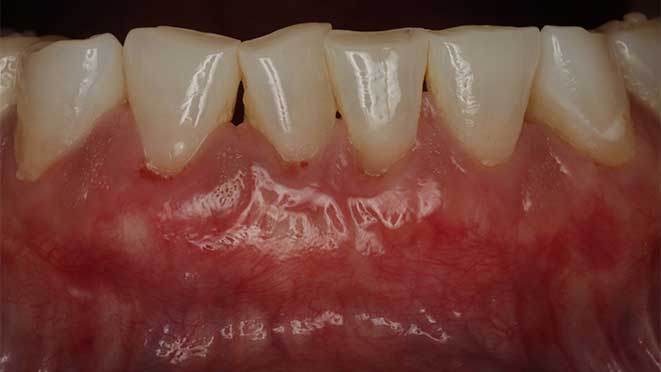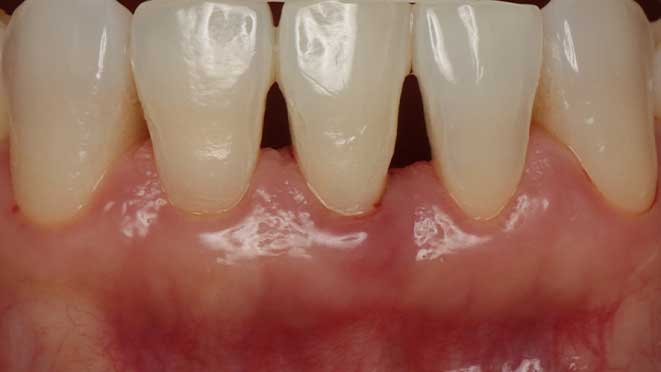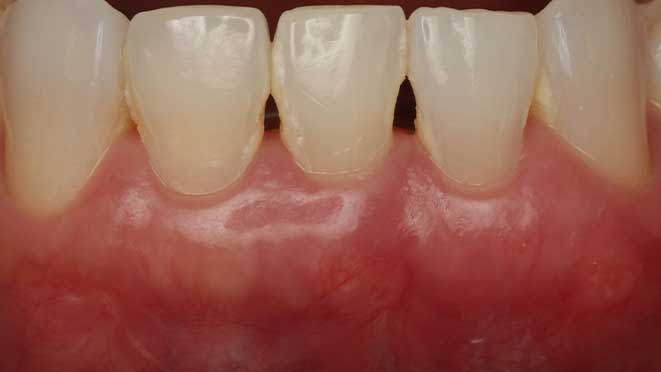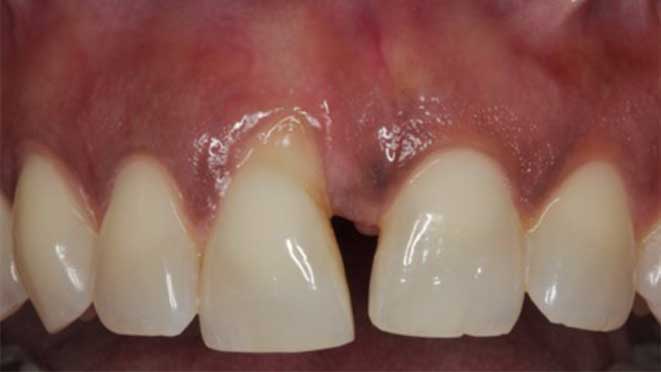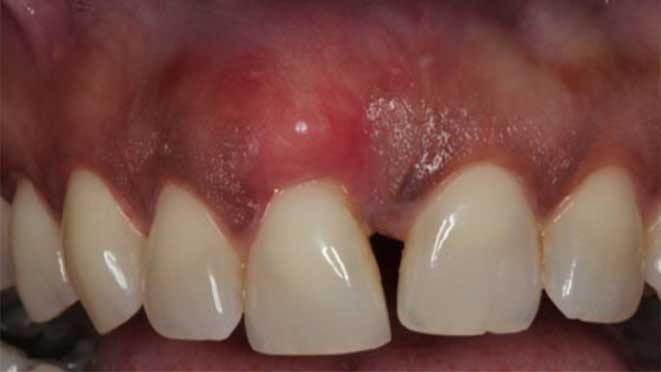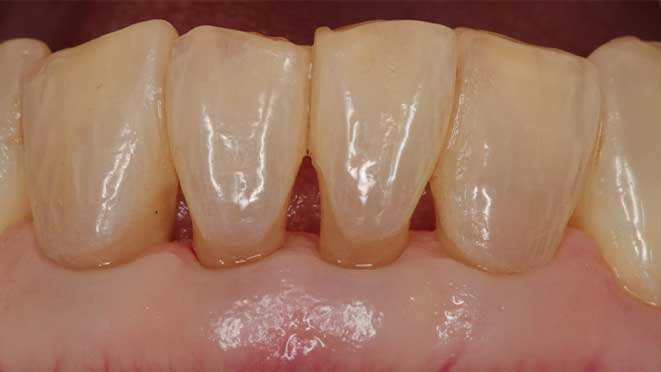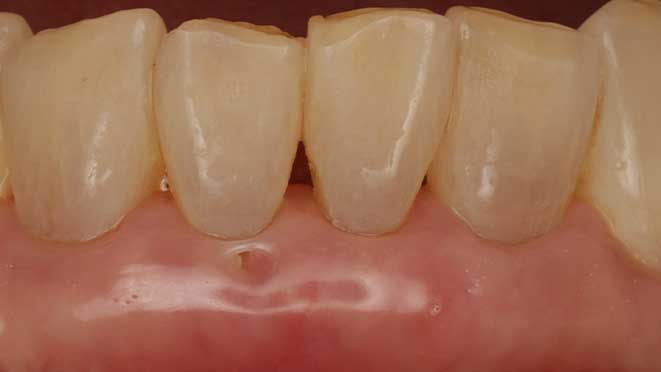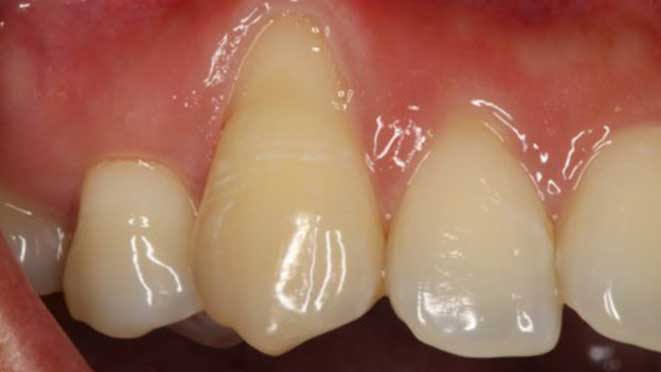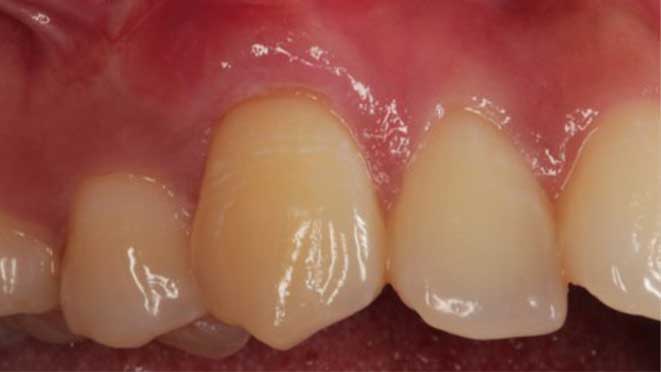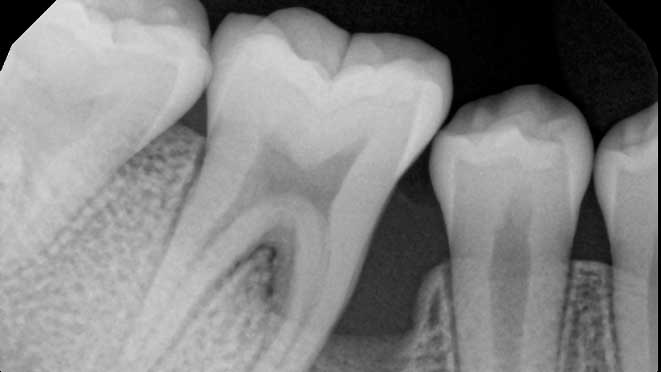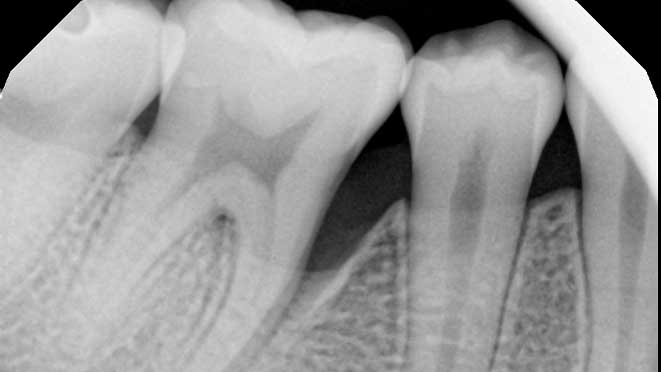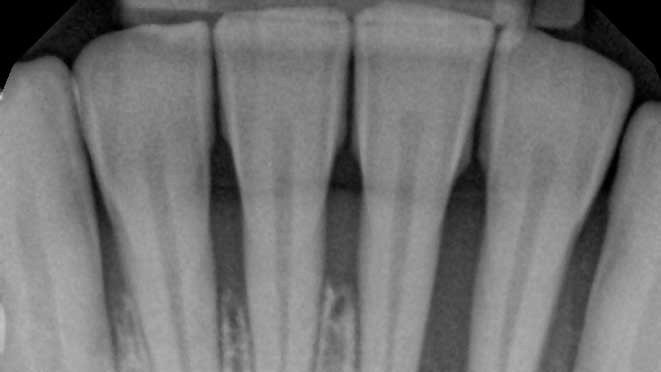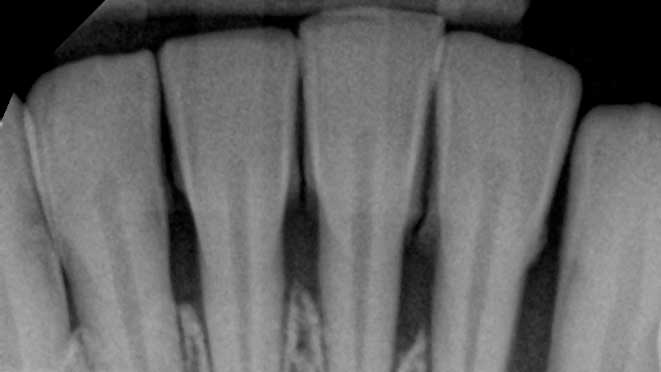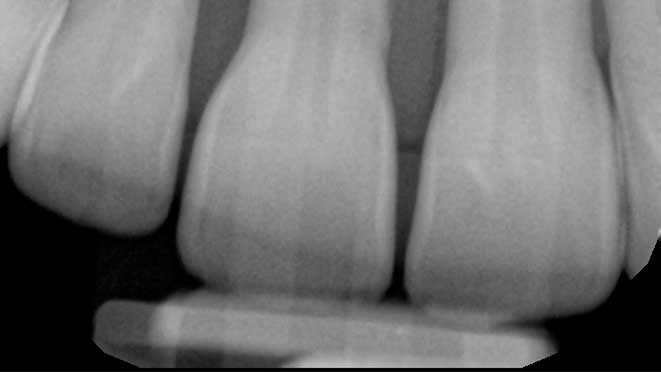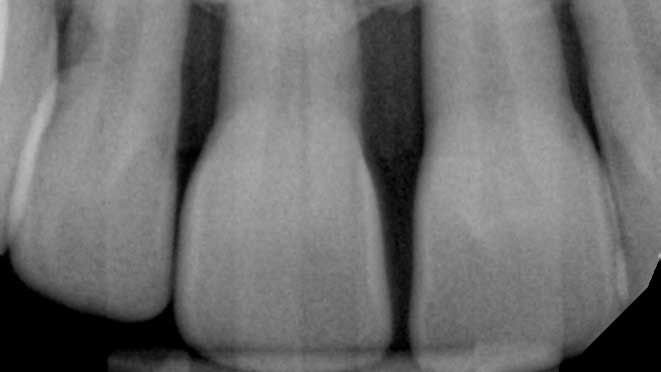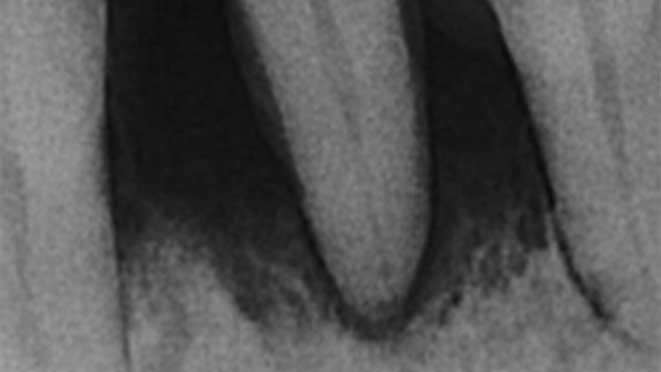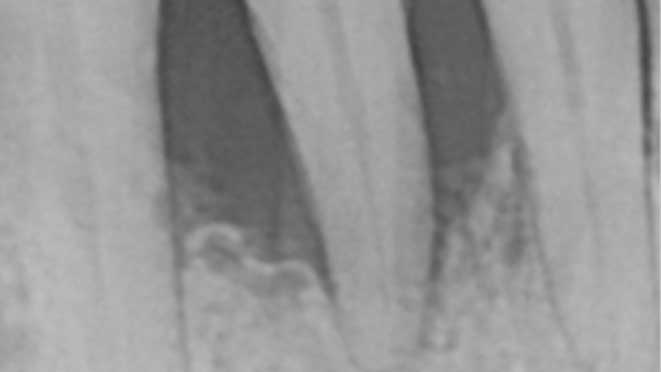Now that we understand what a stroke is, let’s dive into its symptoms. The physical symptoms of a stroke can vary depending on the severity and location of the stroke. Some common physical symptoms may include sudden numbness or weakness in the face, arms, or legs, sudden confusion, trouble speaking or understanding, sudden trouble with vision, sudden trouble walking, dizziness, or loss of balance or coordination. In addition to physical symptoms, there can also be mental symptoms like sudden severe headache, confusion, or difficulty swallowing. It’s important to recognize these symptoms as soon as possible and seek medical attention immediately, as early treatment is crucial for minimizing the damage caused by a stroke.
Moving on to periodontal disease, also known as gum disease, it is a common infection of the gums that can lead to tooth loss. It is caused by bacteria in plaque that form on the teeth and gums, leading to inflammation and damage to the gum tissue. If left untreated, it can eventually lead to the loss of teeth and jawbone. Symptoms of periodontal disease include swollen or bleeding gums, loose teeth, receding gums, and bad breath.
Now, let’s explore the link between periodontal disease and stroke. Studies have shown that people with periodontal disease are at an increased risk of stroke, and there are several mechanisms by which this link can occur. One theory is that the bacteria from periodontal disease can enter the bloodstream and cause inflammation in the arteries. This inflammation can lead to the buildup of plaque and narrowing of the arteries, increasing the risk of stroke. Additionally, periodontal disease can cause the release of certain enzymes that can break down the tissue in the arteries, making them more susceptible to rupture.
Preventing and treating periodontal disease is key in reducing the risk of stroke. Maintaining good oral hygiene is the first step, which includes brushing twice a day, flossing daily, and using mouthwash. Professional cleaning and treatment may also be necessary, depending on the severity of the disease. If you have any symptoms of periodontal disease, it’s important to see a dentist as soon as possible to prevent further damage and reduce your risk of stroke.
Maintaining good oral health is not just about having a beautiful smile, it’s also an important aspect of overall health and well-being. With the clear link between periodontal disease and stroke, taking care of your oral health can also reduce your risk of stroke. By recognizing the symptoms of a stroke, practicing good oral hygiene, and seeking professional treatment for periodontal disease, you can take steps to protect yourself and your health. So, make sure to prioritize your oral health and take action to prevent and treat periodontal disease today.

